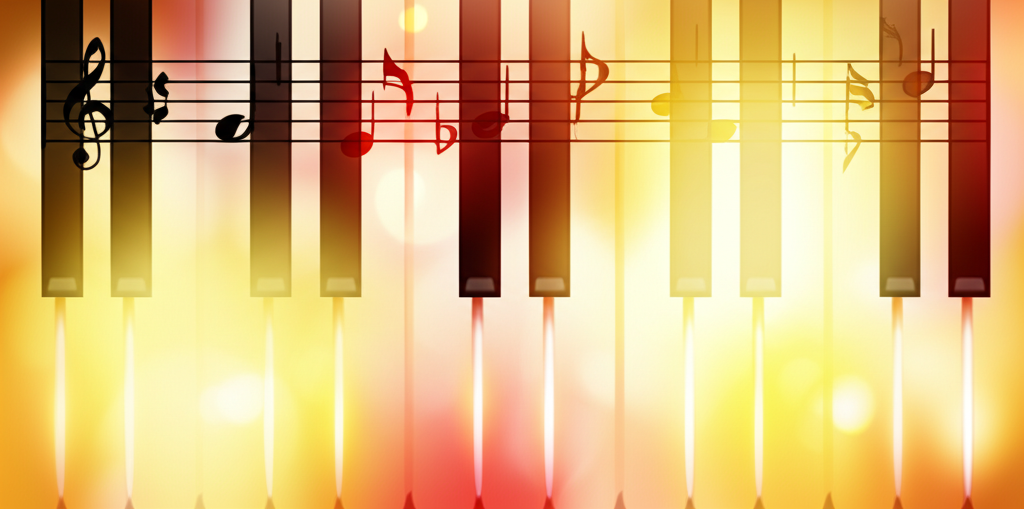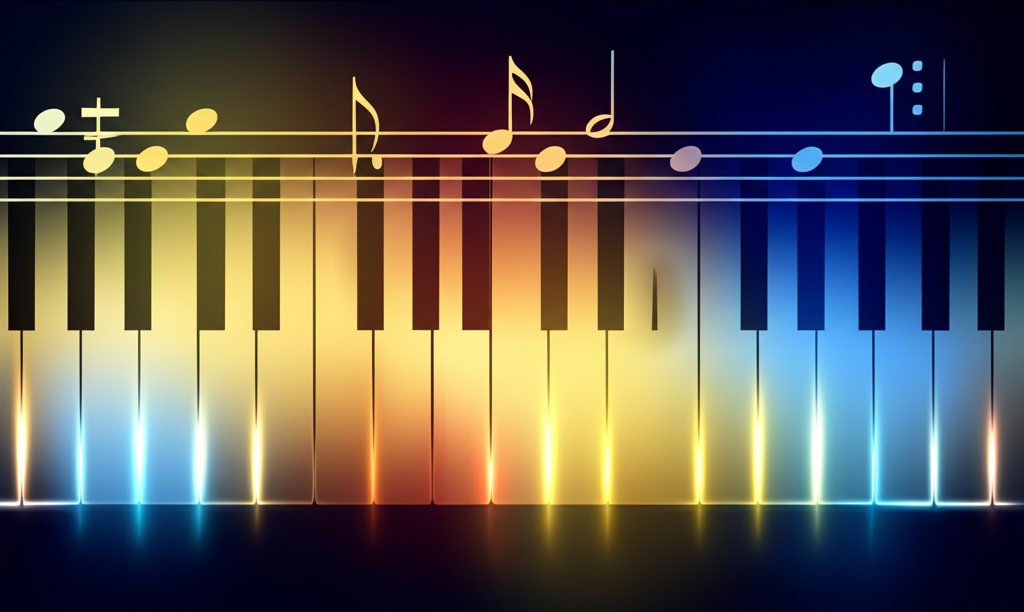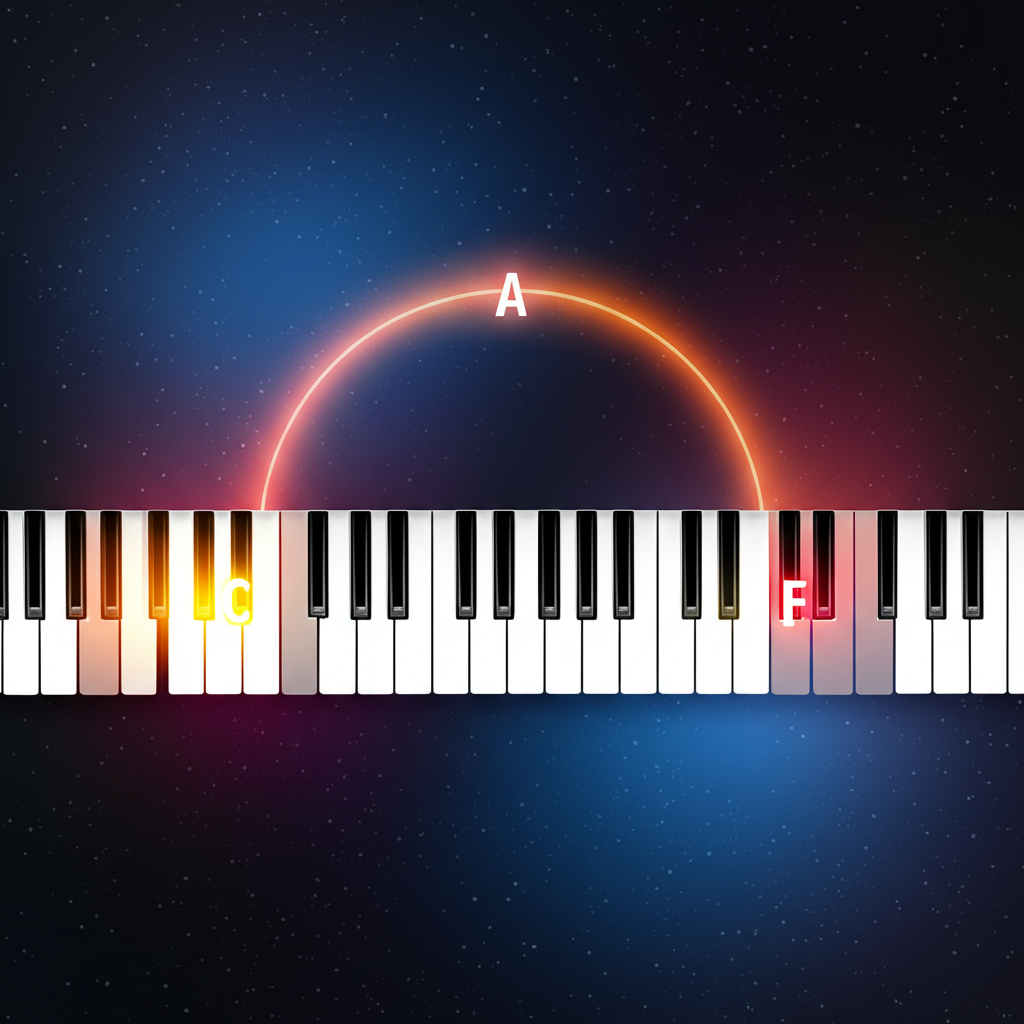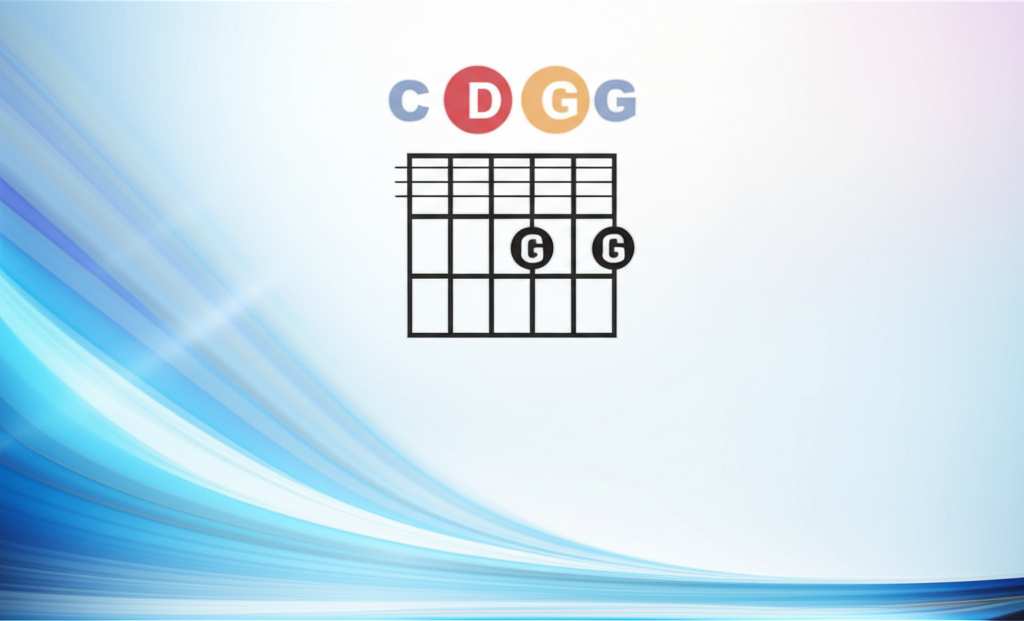
Major Ninth Interval: Bright Extensions in Modern Harmony

b4n1
June 14, 2025, 7:04 p.m.
Major Ninth Interval: Bright Extensions in Modern Harmony
Summary:
The major ninth interval is a compound interval spanning fourteen semitones, equivalent to an octave plus a major second. This bright, open-sounding interval is fundamental in extended harmony, providing essential color in jazz, pop, and contemporary classical music through its use in ninth chords and melodic extensions.
Keywords:
major ninth, compound interval, extended harmony, add9 chords, jazz theory, bright intervals, chord extensions, contemporary harmony
Introduction:
The major ninth interval represents one of the most beautiful and versatile compound intervals in music theory. Unlike its minor counterpart, the major ninth creates a bright, open sound that adds sophistication without harsh dissonance. This interval has become synonymous with modern harmony, appearing in everything from jazz standards to pop ballads, where its sweet resonance provides the perfect balance between simplicity and complexity.
Definition and Classification:
A major ninth interval spans fourteen semitones, consisting of an octave plus a major second. The interval calculation is: octave (12 semitones) + major second (2 semitones) = major ninth (14 semitones). This compound interval is considered consonant and stable, making it suitable for prolonged use without requiring immediate resolution.
Interval Properties:
- Span: 14 semitones
- Compound of: Octave + major second
- Quality: Consonant and bright
- Resolution: Stable, no required resolution
Examples:
Major Ninth from C:
From C to D an octave higher creates a major ninth interval:
Major Ninth Intervals in Different Keys:
Examples of major ninth intervals starting from various notes:
Harmonic Applications:
The major ninth interval is most commonly encountered in add9 chords, major ninth chords, and various extended harmonies. Unlike traditional ninth chords that include the seventh, add9 chords simply add the ninth to a basic triad, creating a clean, modern sound that is widely used in contemporary music.
Common Chord Types:
Various ways the major ninth appears in chord structures:
Practical Applications:
Major ninth intervals are ubiquitous in modern popular music, particularly in genres like jazz, pop, and R&B. They provide a sophisticated yet accessible sound that enhances basic progressions without overwhelming the harmony. In jazz, major ninth intervals appear in comping patterns and chord substitutions, while in pop music they add color to otherwise simple progressions.
Genre Applications:
- Jazz: In extended chord voicings and substitutions
- Pop/Rock: Add9 chords for modern flavor
- R&B/Soul: Creating smooth, sophisticated textures
- Contemporary Classical: Modern harmonic color
Voice Leading and Movement:
Smooth Voice Leading:
Major ninth intervals create beautiful voice leading possibilities:
Historical Development:
The major ninth interval gained prominence during the Romantic period when composers began exploring extended harmonies. Debussy and the Impressionist composers were particularly drawn to add9 sonorities, using them to create the floating, ambiguous harmonies characteristic of their style. In jazz, the major ninth became essential during the swing era and reached full maturity in bebop and beyond.
Notable Musicians and Usage:
Bill Evans transformed the use of major ninth intervals in jazz piano, creating delicate, impressionistic voicings that influenced generations of musicians. The Beatles popularized add9 chords in popular music, particularly in songs like "A Hard Day's Night." Contemporary artists like John Mayer and Norah Jones continue to use major ninth intervals extensively, maintaining their relevance in modern music.
Melodic Applications:
Melodic Major Ninth Leaps:
Wide interval leaps using the major ninth:
Theoretical Analysis:
Interval Analysis:
- Harmonic Series: Natural occurrence in upper partials
- Consonance: More consonant than minor ninth
- Function: Adds color without requiring resolution
- Perception: Bright and open character
Fun Facts:
The major ninth interval is sometimes called the "pop interval" because of its widespread use in popular music. The opening chord of The Beatles' "A Hard Day's Night" is believed to be a G7sus4 with added ninth, making it one of the most famous uses of this interval in rock history. Interestingly, the major ninth interval appears naturally in the harmonic series, which explains its consonant and pleasing character.
Contemporary Techniques:
Modern Voicing Techniques:
Contemporary approaches to major ninth intervals:
Conclusions:
The major ninth interval stands as one of the most useful and beautiful intervals in modern harmony. Its ability to add sophistication and color while remaining consonant and stable makes it invaluable across all musical genres. From the delicate impressions of Debussy to the sophisticated jazz voicings of Bill Evans to the accessible pop harmonies of contemporary artists, the major ninth interval continues to provide musicians with a powerful tool for harmonic expression. Understanding and mastering this interval is essential for any musician seeking to incorporate modern harmonic concepts into their musical vocabulary.
References:
Evans, Bill. (1959). Kind of Blue. Columbia Records.
The Beatles. (1964). A Hard Day's Night. Parlophone Records.
Debussy, Claude. (1905). La Mer. Durand & Fils.
Levine, Mark. (1995). The Jazz Theory Book. Sher Music Co.


